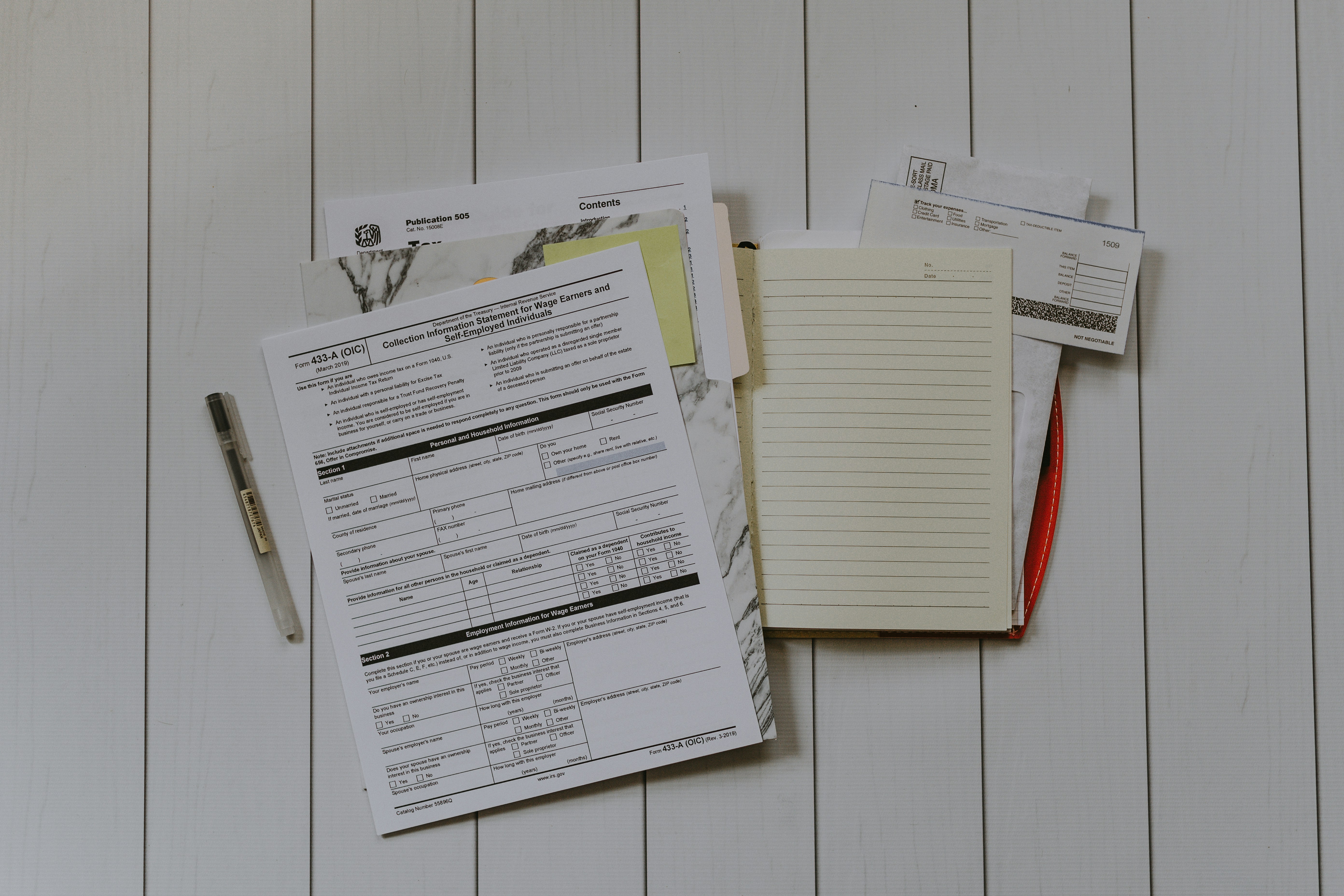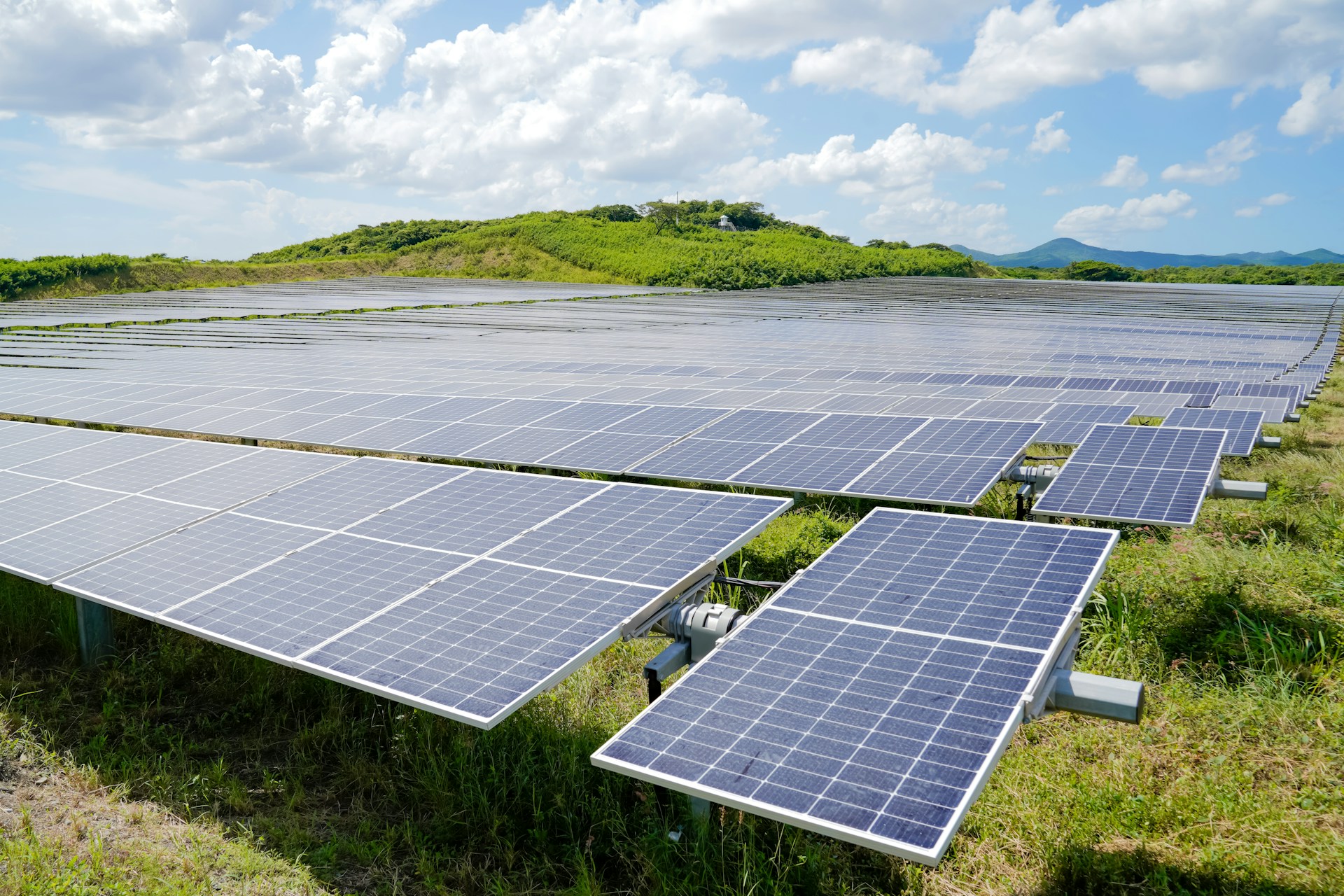These Countries Are Planning an Energy-Efficient Recovery
Let's Save Energy
Alliance to Save Energy's Blog

Since the beginning of the COVID-19 pandemic, advocates around the world have implored leaders to find solutions for the resulting economic crisis that also address climate change. We have the opportunity to build back better with sustainable stimulus measures, and energy efficiency investments in particular have a trifecta of benefits: they simultaneously cut emissions, reduce costs for consumers and businesses, and rapidly create jobs. So, seven months later, are policymakers around the globe taking heed?
In the United States, federal recovery efforts so far have focused on immediate relief. A few countries, however, have moved quickly to capitalize on energy efficiency’s longer term potential. As the Alliance continues advocating for energy efficiency policies to be included in further U.S. recovery efforts, we can point to actions that several countries are taking to stimulate their economies with a hefty dose of EE.
South Korea
South Korea was one of the first countries affected by COVID-19, with economic fallout close behind. In July, the South Korean government announced a stimulus package of $130 billion, to be spent by 2025 on three pillars: energy transition, climate-resilient recovery, and transition to a greener economy. Energy efficiency plays a starring role: the plan aims to establish 230,000 energy-saving homes and buildings, produce 1.13 million electric cars, and invest in low-carbon industrial complexes – all with the goal of creating 1.9 million new jobs. Additionally, the plan emphasizes investments in digitalization, artificial intelligence, and expanding internet access, which are key areas for unlocking new gains in energy efficiency.
United Kingdom
Much like the U.S., the United Kingdom’s first COVID-19 response package focused on immediate relief for health services and businesses to lessen the initial blow of the crisis. Since then however, attention has shifted to long-term recovery. In July, Chancellor of the Exchequer Rishi Sunak announced a second stage recovery plan focused on creating jobs. For anyone familiar with the energy efficiency sector’s massive job potential, it will come as no surprise that Sunak’s plan included a $3.7 billion investment in improving building energy efficiency. This includes around $1.2 billion over the next year for decarbonizing public buildings, $2.3 billion for a grant program to help cover the cost of energy retrofits for homeowners and landlords, and funding for R&D on pioneering approaches to bring down the cost of retrofits. The government has also promised additional funds for R&D on low emission vehicles and for expanding residential electric vehicle charging infrastructure. “We’re confident in this approach because we know it works,” said COP26 President-Designate Alok Sharma. “Over the past 30 years, we have grown our economy by 75% whilst cutting emissions by 43%.” The UK is also planning for a third recovery phase focused on infrastructure, which may include further energy-efficient investments.
France
On September 3, the French Government released details on its $117 billion recovery plan, of which $35 billion is dedicated to green efforts. The investments cover a wide array of sectors, including around $3.5 billion for low emission vehicles, $1.8 billion for innovation on clean planes, $1.17 billion for decarbonizing industry, $1.4 billion for transportation projects including rail and public transit, $235 million for greening ports, $235 million for greening small businesses with an emphasis on energy retrofits, $2.9 billion for energy retrofits in housing, and a whopping $5.9 billion in support for retrofitting public buildings. The money will be spent over the next two years, with around $47 billion total sourced from the European Union recovery fund. EU leaders have committed 30% of expenditures from the Union’s recovery package toward climate targets.
There’s still time to act.
These countries have already taken the wise step of integrating energy efficiency into their economic recovery plans – but there is still opportunity for other countries to act. Through the EE Global Alliance – and its support for the Three Percent Club – the Alliance is helping to encourage countries to raise their energy efficiency ambition and identify the strategies and resources needed to accelerate their energy efficiency improvements. These efforts will yield major economic benefits: In the U.S., it’s estimated that energy efficiency investments could create 1.3 million jobs while cutting 910 million tons of CO2 emissions and saving consumers $120 billion on energy expenses. With an (LED) lightbulb of inspiration from our global neighbors, the Alliance hopes that Congress will act swiftly for an energy-efficient recovery.
RECENT BLOG POSTS
STAY EMPOWERED
Help the Alliance advocate for policies to use energy more efficiently – supporting job creation, reduced emissions, and lower costs. Contact your member of Congress.
Energy efficiency is smart, nonpartisan, and practical. So are we. Our strength comes from an unparalleled group of Alliance Associates working collaboratively under the Alliance umbrella to pave the way for energy efficiency gains.
The power of efficiency is in your hands. Supporting the Alliance means supporting a vision for using energy more productively to achieve economic growth, a cleaner environment, and greater energy security, affordability, and reliability.



